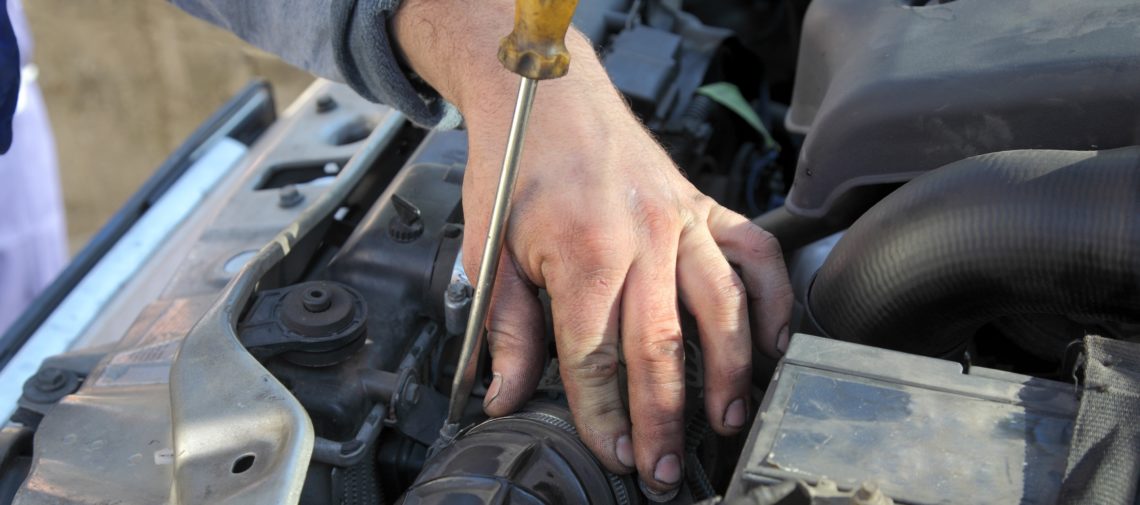This post is also available in: Deutsch
Everyone is familiar with it: This striking loud cracking while one loosens a screw. This cracking is called breakaway torque. But what exactly happens here?
The most important terms (in the text italic) as a quick overview:
There are many different ways to connect something. One of them is the screw. Our clamps also have screws on the housing to attach them securely and firmly to a hose or nozzle.
First, the tightening torque is applied when, as the name implies, the screw is tightened. By that, the torque increases gradually and evenly until a predetermined tightening torque is reached.
The Preload Force and the Clamping Force
The screw, in conjunction with the housing and the belt, generates the preload force. Here, too, the process can be derived from the name: the screw exerts tension on the parts. In our case, the two parts are the steel band of our clamp and a rubber hose.
The preload force must be calculated in such a way that there is sufficient clamping force in the case of our clamp. Therefore, the preload force must not be too low. In addition, it must not be too high, as parts could be damaged. Vibrations may also have to be considered so that in our case the clamp does not slip from the hose. This ensures, for example, the long service life of the connection in the engine compartment of a vehicle.
Clamping force of TORRO Clamp and V Profile Clamp shown in diagrams:
Since the correct preload force is difficult to check, the tightening torque is specified for each connection. If the already mounted screw is turned further, breakaway torque will occur.
The torque increases briefly above the tightening torque before the screw continues to rotate. This effect is explained by the transition from the static friction to the sliding friction. More precisely, the static friction is overcome at this moment.
What is Breakaway Torque Used for?
With our clamps, breakaway torque is determined in the development phase in order to ensure that sufficient clamping force – in addition to all existing requirements – is maintained. We do this in relaxation tests, for example. On this basis, we recommend the tightening torque and tightening speed that must be complied with to our customers.
Compliance with these sizes ensures a long and reliable service life of the connection – even under partly extreme conditions.




